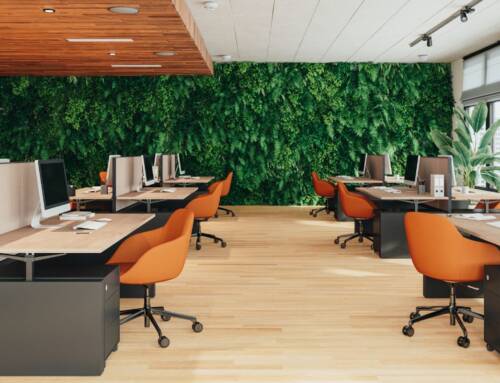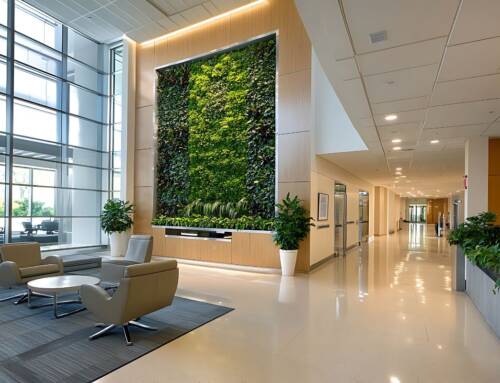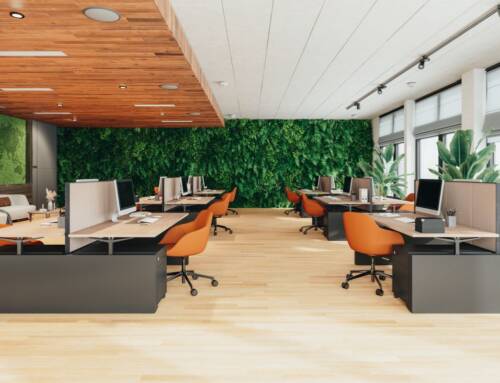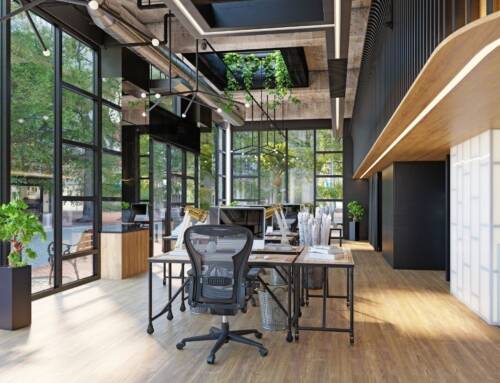In Singapore’s competitive and innovation-driven business environment, office interior design has evolved far beyond its traditional role as a purely aesthetic consideration. Today, it is recognised as a strategic asset that directly influences productivity, employee well-being, talent retention, and even environmental impact.
As businesses navigate rapid digital transformation, hybrid work models, and rising expectations around workplace wellness, the physical office space has become a reflection of an organisation’s priorities and values.
Forward-thinking companies in Singapore are increasingly investing in well-designed workspaces that foster collaboration, support diverse work styles, and align with national sustainability goals such as those outlined in the Singapore Green Plan 2030. From layout and lighting to acoustics and air quality, each design element is chosen not only to enhance day-to-day operations but also to create a culture of trust, innovation, and performance.
When done well, office interiors can serve as a powerful differentiator, strengthening brand identity and contributing meaningfully to long-term business success.
1. Embracing Flexibility: Activity-Based Working
The traditional office layout is giving way to Activity-Based Working (ABW), a concept that provides employees with various work settings tailored to specific tasks. This includes quiet zones for focused work, collaborative spaces for team projects, and informal areas for relaxation. Such flexibility caters to diverse work styles, enhancing productivity and employee satisfaction.
Implementing ABW requires thoughtful planning. Organisations must identify the range of activities their employees engage in and design spaces that support these functions. This approach not only boosts efficiency but also fosters a culture of autonomy and trust.
2. Prioritising Sustainability in Design
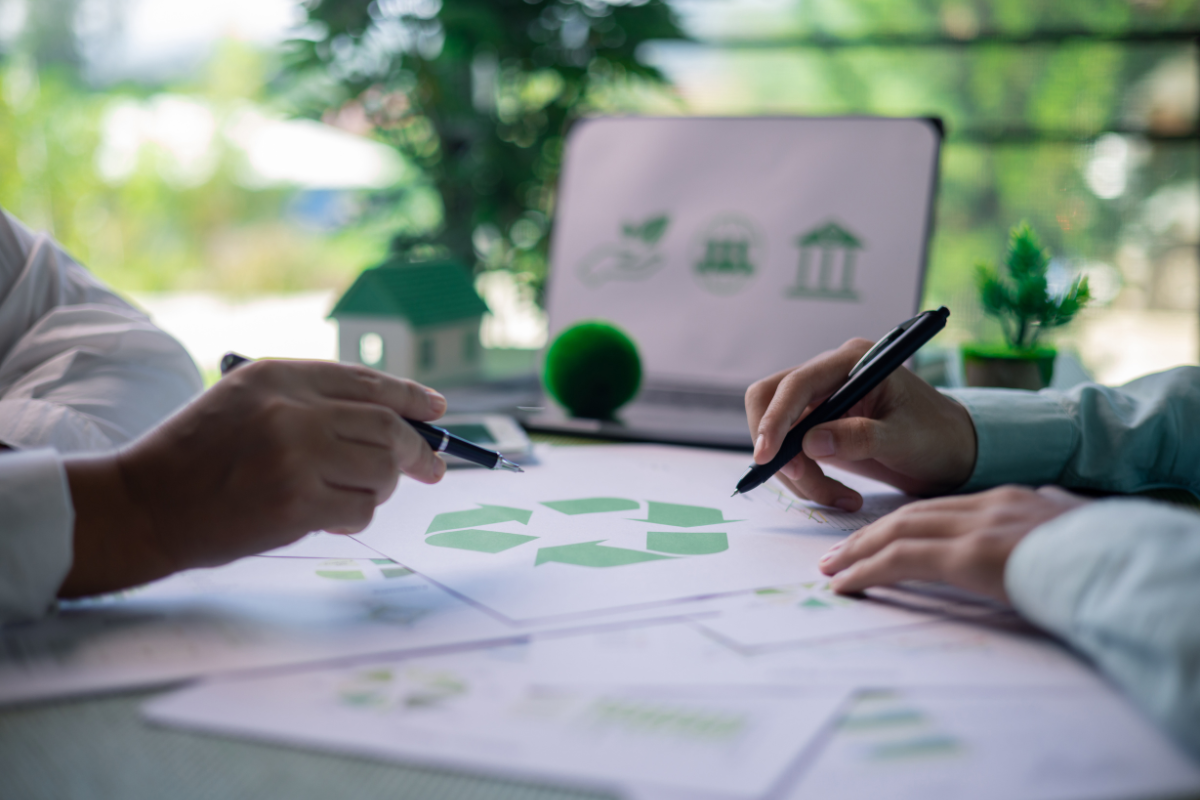
Sustainability is deeply embedded in Singapore’s national agenda, and this ethos is increasingly influencing how businesses approach office interior design. As the city-state advances towards its environmental targets under the Singapore Green Plan 2030, companies are expected to adopt greener and more responsible practices. In the context of office spaces, this means prioritising materials and technologies that minimise environmental impact while maximising long-term efficiency.
From specifying low-emission paints and furnishings made from recycled or responsibly sourced materials to installing smart HVAC systems and LED lighting, sustainability has become a central consideration in the design and renovation of corporate interiors.
Beyond meeting regulatory standards, sustainable design also offers tangible business benefits. Features such as energy-efficient lighting and motion-sensor systems not only reduce operational costs but also reflect a commitment to environmental stewardship—an increasingly important factor for investors, clients, and employees.
Water-saving fixtures, green walls, and optimised layouts for natural ventilation further contribute to a lower carbon footprint and healthier work environments. In Singapore, where environmental consciousness is growing rapidly, companies that embrace sustainable design practices position themselves as future-ready, socially responsible, and aligned with national and global sustainability goals.
3. Integrating Technology for Smart Workspaces
Modern offices in Singapore are leveraging technology to create intelligent work environments. Smart systems control lighting, temperature, and air quality, allowing for personalised settings that enhance comfort and efficiency. These technologies also provide data insights that help optimise space utilisation and energy consumption.
The use of digital twins—virtual replicas of physical spaces—enables continuous monitoring and improvement of building performance. This proactive approach ensures that offices remain adaptable and responsive to changing needs.
4. Incorporating Biophilic Design for Well-being
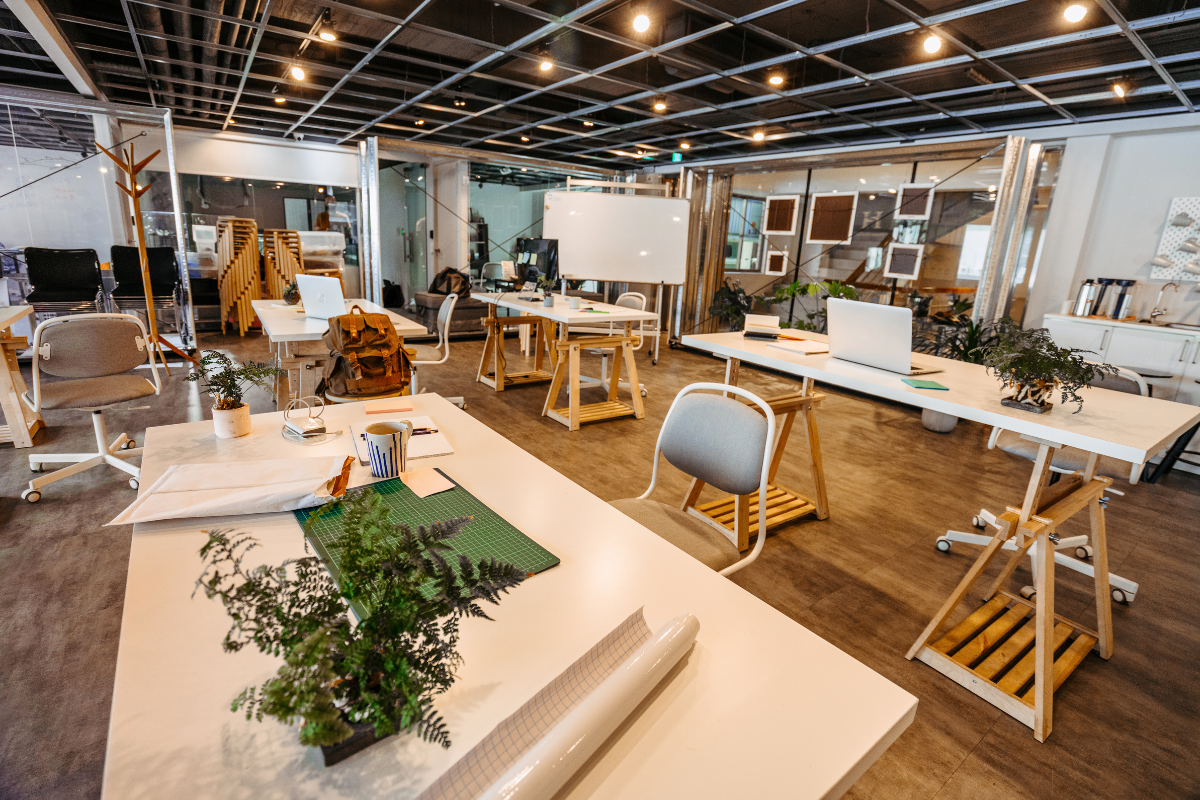
Biophilic design, which integrates natural elements into the built environment, is gaining substantial traction in Singapore’s commercial spaces. Rooted in the principle that humans have an inherent connection with nature, this design philosophy seeks to recreate aspects of the natural world within the workplace. In doing so, it fosters a calming and restorative atmosphere that is both aesthetically pleasing and psychologically beneficial.
Features such as indoor plants, living green walls, water features, natural light, and the use of organic materials like timber and stone are becoming commonplace in modern office interiors. These elements not only soften the often clinical appearance of traditional office spaces but also serve to improve air quality, reduce noise levels, and enhance the overall sensory experience. The result is a work environment that feels more humane and conducive to sustained focus and creativity.
In Singapore, where urban density often limits direct contact with nature, biophilic design plays a crucial role in reconnecting individuals with the natural environment. Studies have shown that exposure to natural elements in the workplace can lead to measurable improvements in employee well-being, including reduced stress levels, lower absenteeism, and improved cognitive function.
A 2021 article by the Building and Construction Authority (BCA) emphasised the growing importance of sustainable and biophilic design in creating healthier work environments under Singapore’s Green Mark certification scheme.
5. Designing for Wellness and Comfort
Employee wellness is a critical consideration in office design. Incorporating ergonomic furniture, quiet zones, and wellness rooms can significantly impact job satisfaction and performance. Access to natural light and air purification systems further contribute to a healthy workplace.
High-end offices are also creating dedicated relaxation areas, providing spaces for employees to unwind and recharge. These features demonstrate an organisation’s investment in its workforce, fostering loyalty and reducing turnover.
6. Enhancing Brand Identity Through Design
Office interiors serve as a tangible expression of a company’s brand identity and core values. Beyond functionality, the design and aesthetic choices within a workspace communicate messages about the organisation’s culture, ethos, and aspirations. For example, the use of sleek, modern finishes may signal innovation and forward-thinking, while natural materials and open layouts might reflect transparency, sustainability, and collaboration. In Singapore’s highly competitive business ecosystem, where first impressions matter, the visual and spatial language of an office can significantly influence how clients, partners, and prospective employees perceive the organisation.
Moreover, a well-designed office can be a critical tool for differentiation in a saturated market. Companies that align their interiors with their brand story are more likely to foster a sense of pride and belonging among staff, which in turn boosts morale and productivity. For external stakeholders, a cohesive and well-curated environment builds trust and leaves a lasting impression.
From customised signage and brand colours to thematic meeting rooms and interactive client areas, each element offers an opportunity to reinforce brand identity. In essence, the office becomes not just a place to work, but a living representation of the business itself—one that can attract talent, impress clients, and affirm the company’s place in the industry.
Conclusion
In Singapore, office interior design is more than an aesthetic choice; it’s a strategic investment that influences various aspects of business success. By embracing flexible layouts, sustainable practices, technological integration, biophilic elements, and wellness-focused features, companies can create environments that support their objectives and values. As the workplace continues to evolve, prioritising thoughtful design will remain essential for organisations aiming to thrive in a dynamic landscape.
If you’re looking to elevate your workspace with expert interior solutions, Greeen offers tailored office interior design services to meet your unique business needs. Their commitment to sustainability, functionality, and employee well-being ensures that your office not only looks exceptional but also drives performance and growth.


